Turkish Food

Not only has Turkish food been influenced by Mesopotamian, Armenian, Greek, Levantine, Egyptian, and Balkan cuisines, but it also contains traditional Turkic elements of Central Asia, such as manti, kaymak, and ayran. Baklava, shish kebab, and meatballs are common worldwide.
Among these can be found doner kebab cooked in a vertical position, including kunefe and a selection of fresh-cut salad ingredients.
Manti (Turkish Ravioli) and Olive Oil Leaf Rolls are among the most beloved dishes, with a reputation that extends beyond the country's borders. Furthermore, Turkish cuisine is very healthy.
When you need a quick lunch, grabbing a doner kebab is a healthy choice many Europeans and Americans go for. Moreover, thanks to a doner kebab, many learned how to make a homemade wrap for a lunch break at work. Let’s take a closer look at the ingredients used in Turkish cuisine.
Rich in Legumes and Vegetables
Salads are an inseparable part of the Turkish kitchen. Sliced lettuce, cucumbers, tomatoes, onion, green or red peppers, garlic, and lemon juice are typical ingredients of salads. Oilseeds and dry legumes, especially chickpeas, have the highest usage.
Olive Oil and Butter
Olive oil and butter are the most common fats throughout Turkey. Olive groves stretch from the Black Sea to the Aegean, continuing into the Mediterranean and east into Anatolia. So, olives and their oil are valued aspects of traditional cuisine.
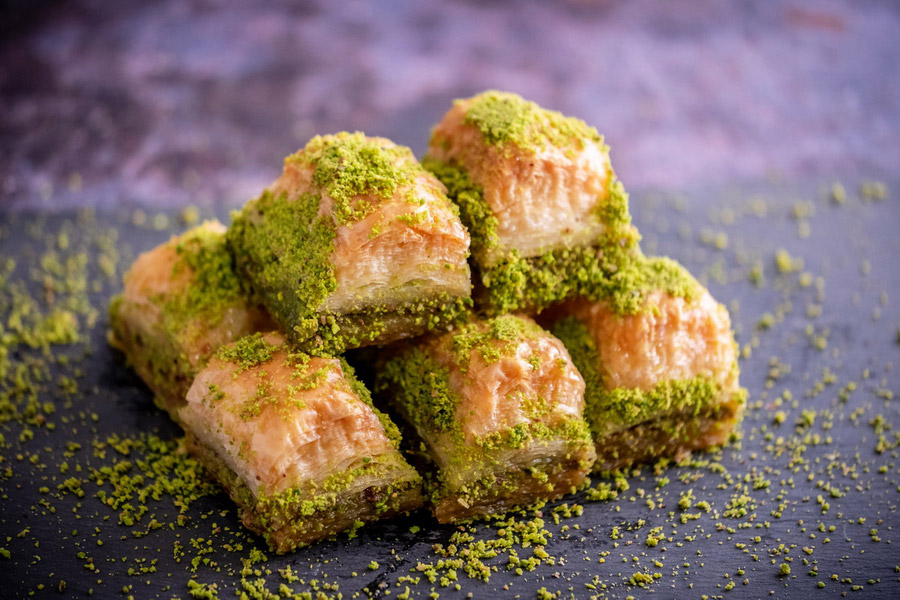
High Consumption of Red Meat
Several studies have confirmed the predominant role of meat and meat products in Turkish cuisine. Beef has the highest rate, followed by chicken meat and mutton in the third place.
Grains
Unlike the United States and other European nations, many traditional Turkish meals emphasize whole grains instead of wheat products.
Bulgar wheat is used in various dishes, such as salads and hot dishes.
Herbs and Spices
In Turkey, foods are skillfully flavored with herbs and spices. The current use of herbs and spices draws from Ottoman culinary heritage, consisting of cumin, saffron mustard, cinnamon, coriander, olives, musk, Wallachian salt, black pepper, clove, basilica, garlic, parsley, basil, etc.
A little touch of tahini and yogurt pair well with these spicy flavors. Besides, these condiments are natural and replete with protein and probiotics.
Cheese

Turkey produces around 190 different kinds of cheese, and every region has its own variation. It’s hard to imagine a Turkish breakfast without any type of cheese. It’s used in omelets, borek, and many other dishes. Each region’s geography influences the way cheese is made and stored.
Turkish Food in Detail
Bread
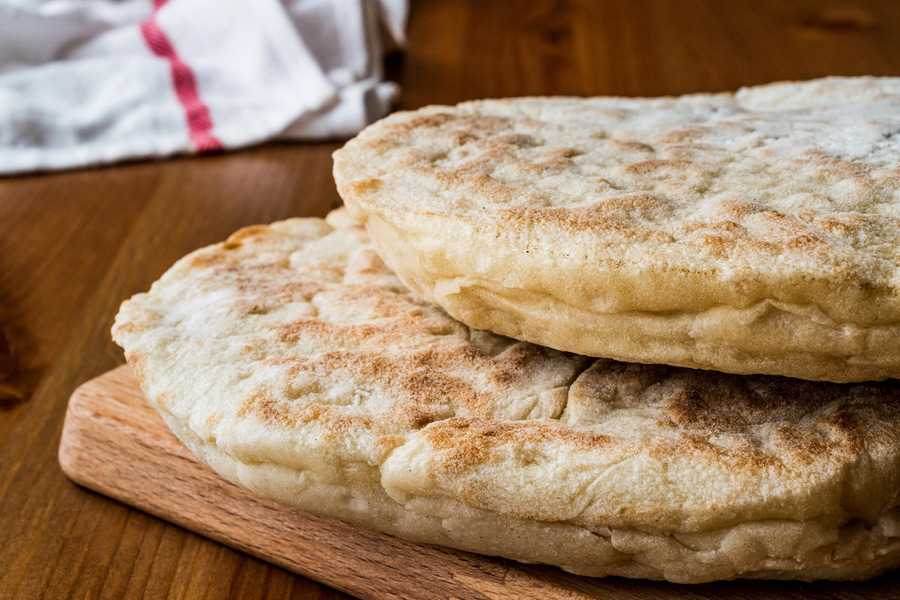
There’s a wide variety of bread or ekmek throughout different Turkish provinces. Boat-shaped loaves are available in every bakery.
Trabzon round-shaped bread is baked in a wood oven, made from a thick dough.
A leavened bread about 2 cm thick known as Bazlama is perfect for filling it with meat or cheese.
Turkey has another type of wrap-style bread – Lavas (Lavash). It’s thinner than Bazlama and is baked quickly with nigella seeds in a traditional oven. As a result, ekmek becomes crispy and fluffy.
Similar to Lavash bread is Yufka but its dough is usually unleavened, made with flour, salt, and water. This bread is also used to make pastries and desserts.
Pastries

Turkish pastries can be sweet and savory. Salty pastries are called borek, and they are baked with yufka dough. For example, a traditional rolled-out dough Katmer can have a sweet or salty filling. Maras borek is usually stuffed with potatoes, cheese, spinach, and many other fillings.
Pastries are often associated with sweets or desserts, such as baklava, kunefe, or lokma.
When visiting Turkey make sure to try the following Turkish delights:
- Fistikli sarma – a mouth-watering pistachio paste
- Sobiyet – a flaky cake with a cream filling called kaymak
- Gullac – a dessert steeped in rosewater-infused milk with walnut, almond, or hazelnut stuffing.
- Acma – a Turkish version of a croissant with a flaky and very soft texture.
Soups
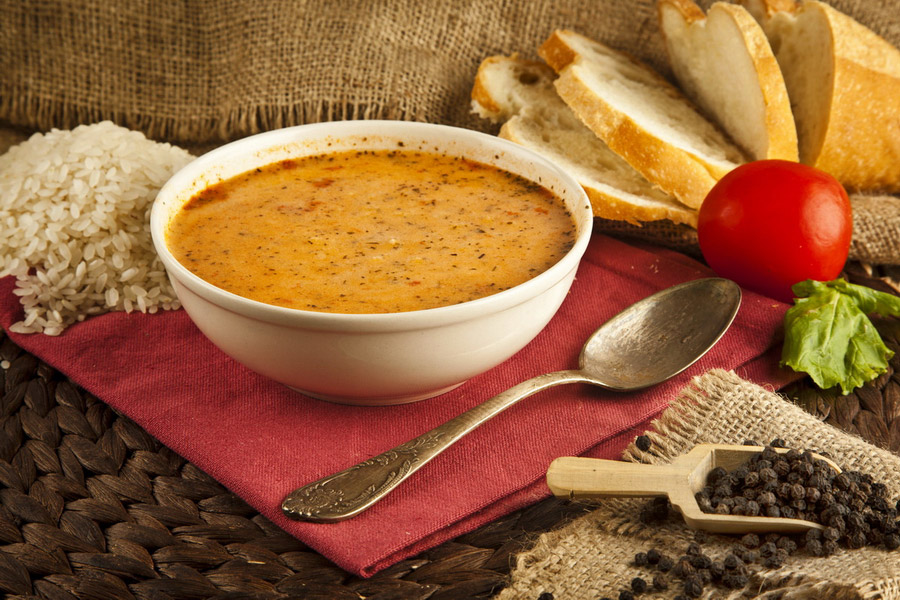
Corba is a Turkish word for soup derived from the Persian surba, which means salty and love. A Turkish lunch or even breakfast often starts with soup. It’s said to soften a stomach before a main meal.
The base ingredients of soups in today’s Turkey are grains, flour, legumes, poultry meat, vegetables, and yogurt. Summer or seasonal soups can be served cold, for example, Cacik (yogurt and cucumber soup). Butter, garlic, and egg yolks with lemon juice are often used as dressings.
Meze and Salads
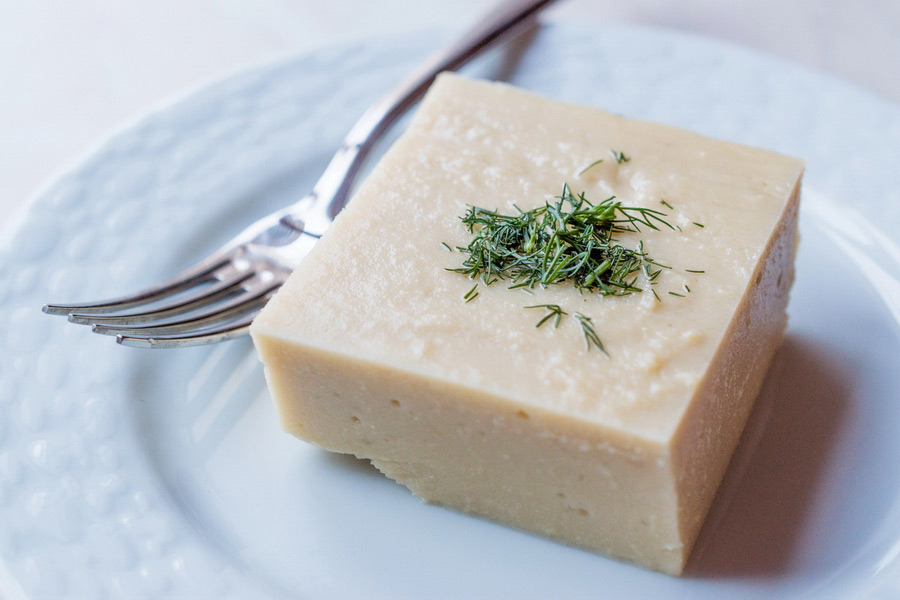
Meze dishes are usually appetizers, and salads are often used as starters too. Some of them can be eaten as a main dish as well.
Fava Meze, for example, compliments fish or seafood. Its main ingredient is beans combined with olive oil, lemon juice, onions, and dill.
Vegans will love Mercimek Koftesi – lentil and bulgur meatballs, spiced with fresh herbs, tomatoes, and onions, placed on or wrapped in a lettuce jacket.
Kebabs
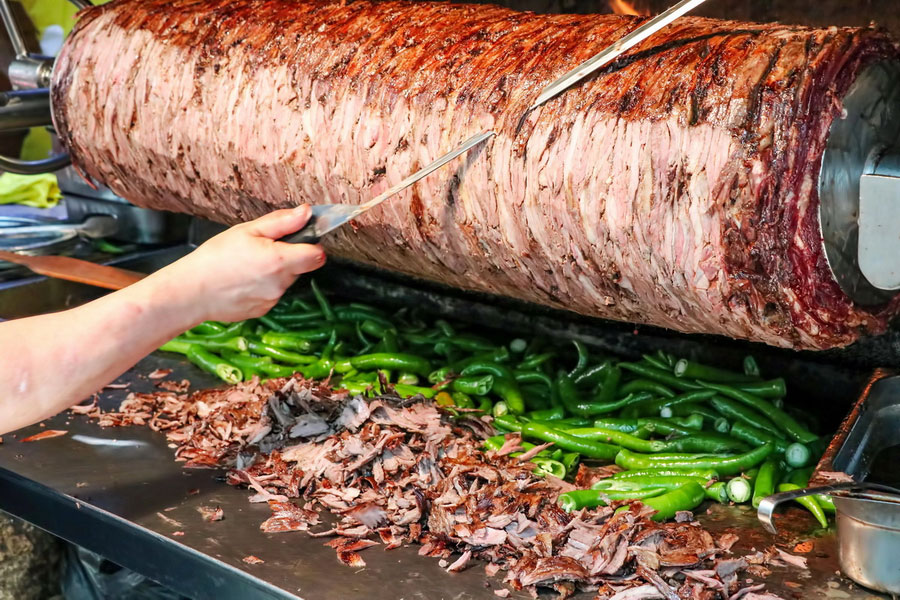
There are different versions of meat-based dishes that fall under the term kebab. You can see it served as wraps, on plates, and in sandwiches.
A familiar, Shish Kebab is made with small pieces of meat and grilled on wooden skewers. It’s often served with rice, bread, and vegetables.
Adana Kebab, native to the Turkish Adana Province, is a dish made from ground meat threaded on flatty skewers and grilled over charcoals. This kebab is very spicy.
Unlike Iskender Kebab or Doner Kebab, Cag Kebab is grilled on the horizontal rotisserie. When it becomes brownish and crispy, the meat is sliced off and eaten with lavash bread.
Other Meat Dishes
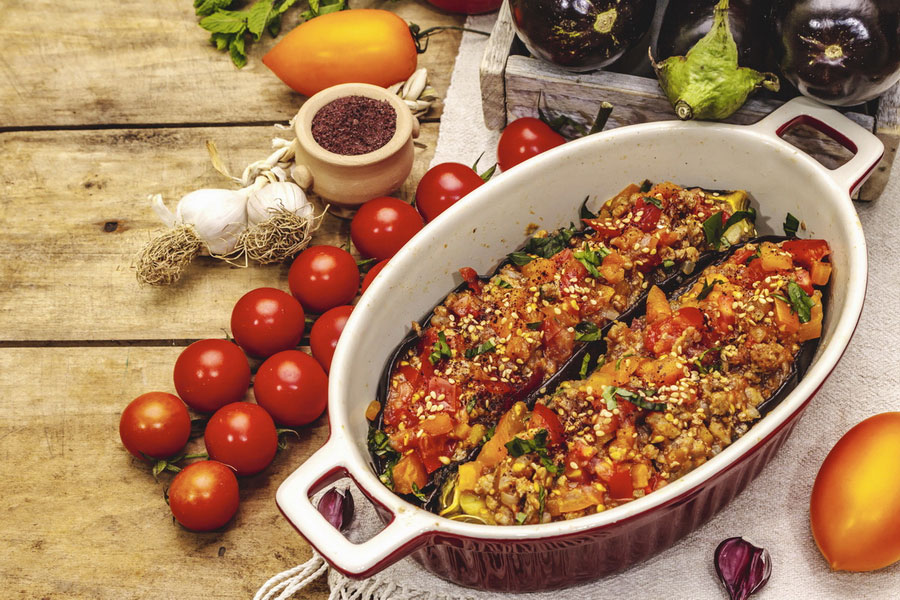
Outside kebabs, Turkey has other meat dishes, which you can’t pass by.
Almost every city in Turkey sells Tantuni, a street food but the best ones are known to be found in Mersin. It’s made with chopped beef, raw onions, parsley, tomatoes, and sumac mix wrapped in lavash.
Kavarma – a common Ramadan dish, stir-fried with sliced lamb chunks, peppers, onions, and tomatoes. There are different kinds of Kavurma, such as Sac Kavurma, Shelherd’s Kavurma, and Coban Kavurma.
Also, check out these:
- Karniyarik – stuffed eggplants with meat.
- Kofte – meatballs that come in various dishes.
- Sucuk – usually beef sausage, flavored with garlic and spices.
Dolma
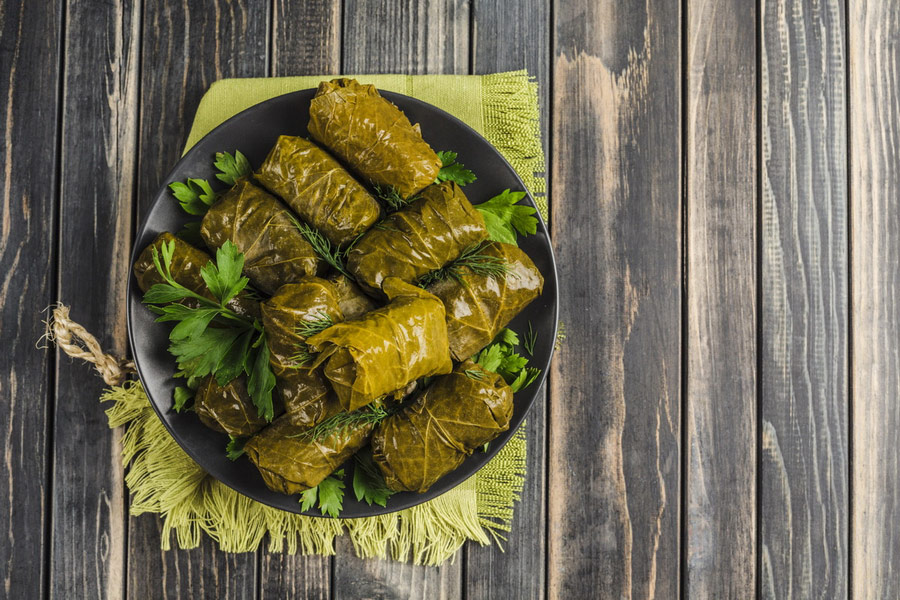
The Turkish word dolma means “stuffed” or “filled”. Another Turkish verb standing for “to wrap” is sarmak. Dolma and sarma usually consist of grapes, cabbage, other leaves, and even bell peppers, pumpkin, and mussels, filled with minced meat, rice, offal, fruits, and seafood. The stuffing varies from recipe to recipe.
Dolma can be eaten as a main dish or meze served hot with yogurt. Some dolma dishes are made with vegetables and grains alone – olive oil, bulgur, or rice – a perfect choice for vegans. Nuts and raising can be added too.
Turkish Pilav
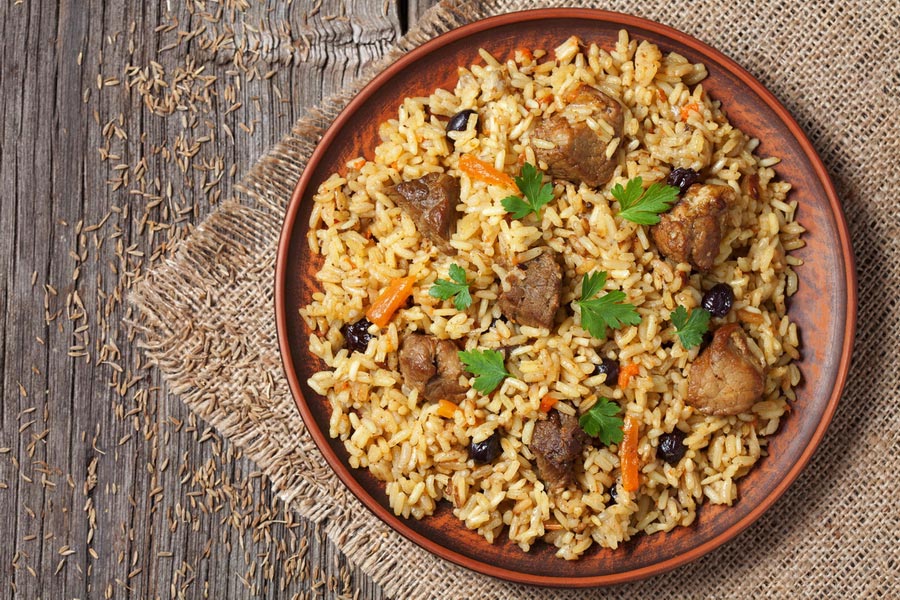
Pilaf, or Pilav in Turkis, is one of those dishes you must try when you travel around Turkey. It’s cooked at ceremonial events, such as weddings and other important celebrations and holidays. In modern Turkish cuisine, you can also see it everywhere as a side dish at restaurants and in everyday cooking.
So, what is Pilav about? It’s typically rice cooked with water and meat pieces mixed with butter, oil, or fat. You need a skill to make pilaf, where every single grain falls apart separately.
Perde pilav is a distinguished rice dish featuring rice cooked with chicken, onions, and peanuts, encased in yufka dough and topped with almonds.
The increasingly common Hamsi Pilav of the Black Sea Region is made with anchovies.
As you can see, many foods in Turkey are made with bulgur wheat, so there are also different types of bulgur pilafs.
Beverages
There are many great Turkish beverages to complement the food discussed in this article. Options ranging from black tea and famous Turkish kahve to refreshing Ayran and delicious Sherbet provide an energizing contrast. Here are a few of the most common liquid staples.

